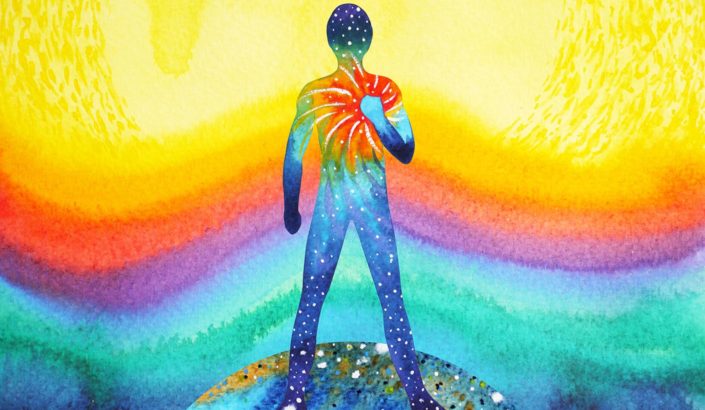How Do Emotions and Culture Intersect?
Note: Even though research sheds some light on emotions and cultural differences, scientists point out that there is often more variation within a culture rather than between cultures. In other words, these findings shouldn’t be used to stereotype others, but rather as a starting place for conversations among people from all different backgrounds.
Research has found that universal facial and vocal expressions of certain emotions exist, such as anger, sadness, fear, enjoyment, disgust, and surprise; however, culture impacts how we view and express emotions.
In independent cultures, such as those found in the West, especially those of European descent, a person is seen as unique from others, with their own beliefs, desires, and preferences, and is taught to prioritize their needs over others’ needs. Thus, how a person feels really matters, and, as a result, Westerners freely express their emotions because it reinforces their individuality and uniqueness.
In interdependent cultures, such as those found in East Asia and some cultural groups in the U.S., a person is seen as part of the group–who you are is dependent on your relationships with others–and is taught to prioritize the group’s needs over their own needs. Thus, emotions that connect people are emphasized, such as empathy and guilt, because they focus on maintaining group harmony. Indeed, some studies suggest that a person’s emotions are not necessarily indicative of what the person is feeling, but rather what the group is feeling.
Staff members at a Chicago school wonder why its social-emotional learning curriculum–that includes recognizing students for their individual accomplishments–is having little impact on creating a culture of belonging among its mainly Southeast Asian student population. After learning that group harmony is valued over individual needs in students’ culture, the staff adapts the SEL curriculum by emphasizing teamwork instead.
Researchers have also found that, in the West, because people want to influence others, they prefer high-energy emotions such as joy, excitement, alertness, and enthusiasm.
In East Asian cultures, emotions such as calmness, contentment, and serenity are valued because adjusting one’s own needs to match that of others is crucial to maintaining group harmony.
Rather than relying on his own perceptions and assumptions that link participation to high energy, a white U.S. high school teacher uses several methods for gauging the engagement levels of his diverse group of students, such as simple written surveys and exit tickets that require students to answer a question about their learning before leaving class.
Why Does This Matter?
Emotions are a form of communication, helping us to understand and connect with those around us. Yet, when we encounter someone with a different background than our own, we often find it difficult to understand and interpret that person’s emotional expression.
For example, scientists have found that when trying to read another person’s emotions, Westerners focus on the individual person because they assume that a person’s spontaneous emotional expression very likely reflects what he or she is actually feeling.
In contrast, East Asians look at how other people around an individual are expressing emotions to figure out how that person might be feeling, emphasizing the importance of interpersonal relationships and group harmony.
This has implications for the classroom. One study found that a group of mainly White preservice teachers were more accurate in identifying emotions on White faces than Black faces. They were also more likely to label non-angry Black faces as angry than non-angry White faces–a phenomenon known as “anger bias.” Lastly, the teachers saw the behavior of Black boys as more hostile than White boys.
A school drastically reduced its suspensions by working with teachers to overcome their potentially racialized view of emotions. For example, educators learned to take a moment to question their assumptions and accuracy in assessing students’ emotional responses–especially with students from a different cultural background than their own–before responding.
Researchers have also found that our culture shapes how we view and interact with the world, which can often cause conflict when these views are not shared by another person’s culture.
For example, one study found that Tibetans view anger as morally bad because it is caused by wanting to harm others. In contrast, people from the U.S. viewed anger as morally neutral. While they admitted that it could be harmful to others, anger can also motivate a person to solve a problem, potentially improving society.
Before teaching a social-emotional learning lesson on ways to appropriately express anger, a white teacher in the U.S. reaches out to the parents of his diverse group of students to learn more about how they view anger and also how they teach their children to handle anger.
Practices

Do you want to dive deeper into the science behind our GGIE practices? Enroll in one of our online courses for educators!


